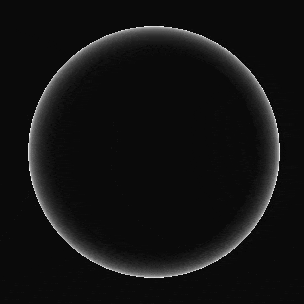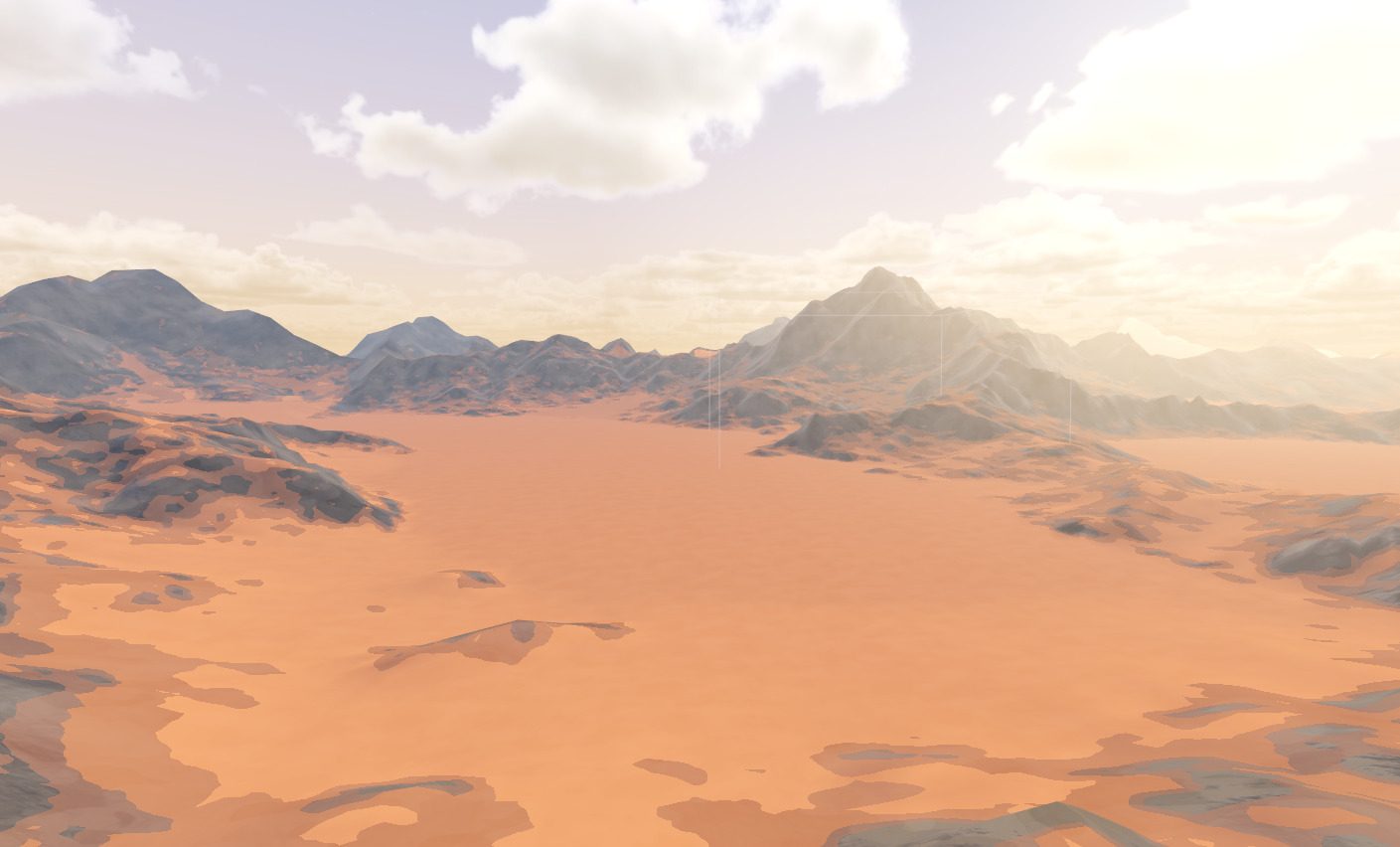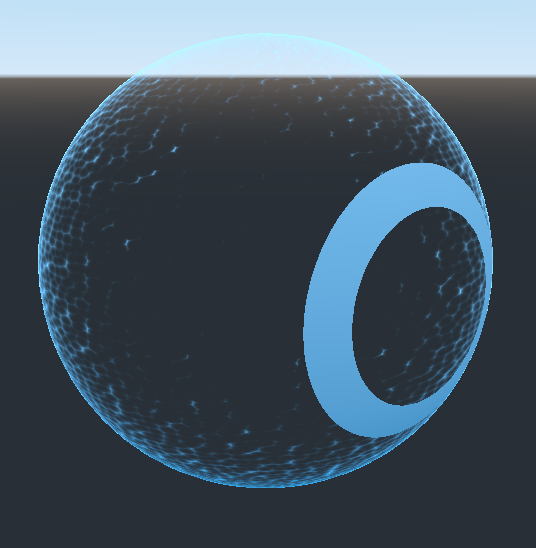Shield with multiple impacts
A shader and accompanying code for making shield effects that react to multiple impacts
Built for Godot 4.x+
Based on concepts covered in this video: https://youtu.be/NeZcAYJdkv4
The core idea is simple: pass to the shader a uniform array of Vector4s representing impacts, use the xyz of this vector to refer to the location of the impact, and the w as a measure of the age of the impact.
The shader knows only these things, it’s the responsibility of the shield object to add impacts to the array, and to decay them over time by modifying the w value.
From this information, the shader calculates the distance from the impact point to the fragment, and uses the age of the impact to determine the intensity of the impact at that point.
This is a great base for more complicated shield effects using the impact data calculated from this. I’ve only implimented it here in it’s simplest form.
Shader code
shader_type spatial;
render_mode unshaded;
group_uniforms shield_parameters;
uniform vec4 color : source_color;
uniform float fresnel_sharpness = 1.0;
group_uniforms impact_parameters;
// this defines how many simultaneous impacts the shader will track
const int impacts_tracked = 16;
// information about impact locations (xyz) and their age (w)
uniform vec4 impact_points[impacts_tracked];
// determines the size of the impacts
// note that you could pass in an array here as well to determine impact size on a per-impact basis
uniform float impact_size;
// determines how sharply to curve the impacts expansion and fading
uniform float impact_falloff_sharpness = 1.0;
// used to get the fragment position in object space without doing view matrix math
varying vec3 local_pos;
void vertex() {
local_pos = VERTEX;
}
float remap(float num, float a1, float a2, float b1, float b2) {
return b1 + (num - a1) * (b2 - b1) / (a2 - a1);
}
void fragment() {
float wave_intensity = 0.0;
for (int i = 0; i < impacts_tracked; i ++) {
// as impact_points[i].w goes from 1 to 0, inv_time goes from 0 to 1
float inv_time = remap(pow(impact_points[i].w, impact_falloff_sharpness), 1, 0, 0.01, 0.99);
// we use inv_time here to make the wave expand over time rather than contract
float distance_to_impact = distance(local_pos, impact_points[i].xyz) / (inv_time * impact_size);
// default linear gradient
//float wave_shape = max(0, 1.0 - distance_to_impact);
// sine donut with sharpening
//float sharpness = 1.0;
//float wave_shape = pow(sin(clamp(distance_to_impact / impact_size, 0, PI)), sharpness);
// sawtooth donut with sharpening
float sharpness = 5.0;
float wave_shape = pow(fract(max(0, 1.0 - distance_to_impact) * -1.0), sharpness);
// we use impact_points[i].w here to make the wave fade over time
wave_intensity += wave_shape * pow(impact_points[i].w, impact_falloff_sharpness);
}
float fresnel = pow(-dot(VIEW, NORMAL) + 1.0, fresnel_sharpness);
ALBEDO.rgb = color.rgb;
// clamp the wave intensity so overlapping waves and fresnel edge dont have an intensity > 1
ALPHA = clamp(wave_intensity + fresnel, 0, 1);
}









Can this be used in 2D?
You could translate the principles into 2D pretty easily but this exact code as posted will only work in 3D.
Very good!